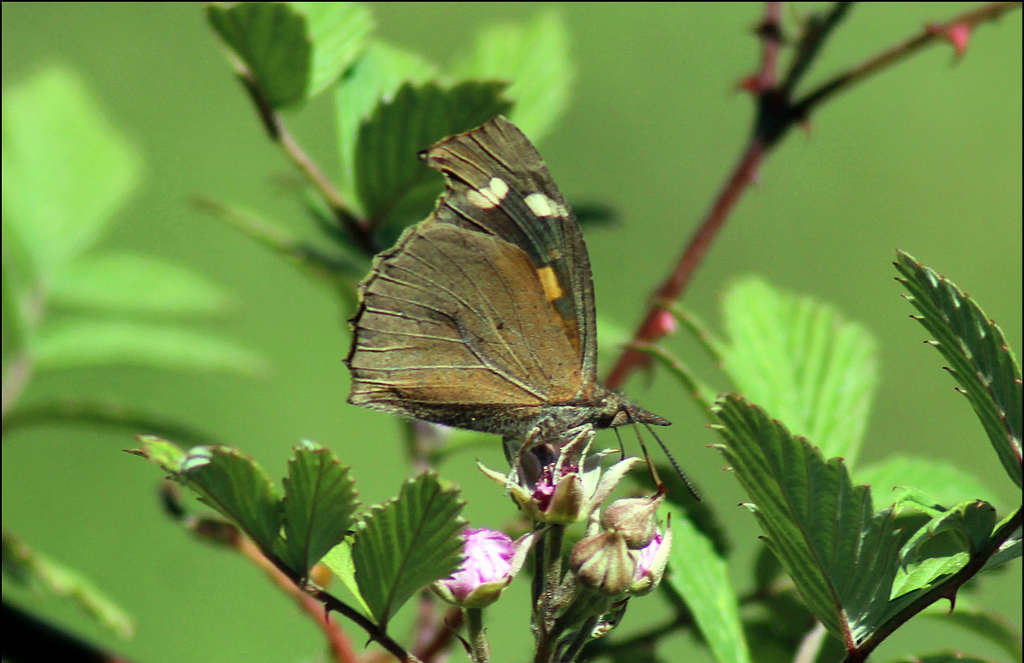
Common Beak ( Libythea lepita)
The Common Beak (Libythea lepita) is a distinctive butterfly species found in the lower and mid-elevations of the Himalayan region, including the diverse habitats of the Great Himalayan National Park (GHNP). Its name comes from the elongated labial palps on its head, resembling a beak—making it stand out among other butterfly species.
| Common Name | Common Beak |
| Scientific name | Libythea lepita |
| Family | Nymphalidae |
| Description |
The wings of the Common Beak are a striking blend of earthy browns and orange patterns, offering excellent camouflage against tree bark and fallen leaves. The forewings have characteristic hooked tips and prominent orange patches, while the hindwings are more subdued. When at rest, this butterfly often mimics a dried leaf, making it hard to spot in its natural environment. In GHNP, the Common Beak is typically seen flitting around sunlit forest edges, trails, and riverbanks. It prefers wooded areas where it can find its larval host plants—mostly species of Celtis (hackberry trees). The adults feed on tree sap, overripe fruit, and occasionally nectar from flowers, although they are less flower-dependent compared to other species. The life cycle of the Common Beak includes egg-laying on the undersides of host plant leaves. The caterpillars are green with fine lines that help them blend into the foliage, providing a natural defense from predators. Pupation occurs in a simple chrysalis, usually hanging from the underside of a leaf. Butterfly watchers in GHNP often appreciate spotting the Common Beak due to its elusive nature and unique appearance. As a pollinator and part of the local ecosystem, its presence indicates a healthy, forested environment. Including the Common Beak in biodiversity surveys highlights the richness and ecological balance preserved within GHNP’s protected areas. |



